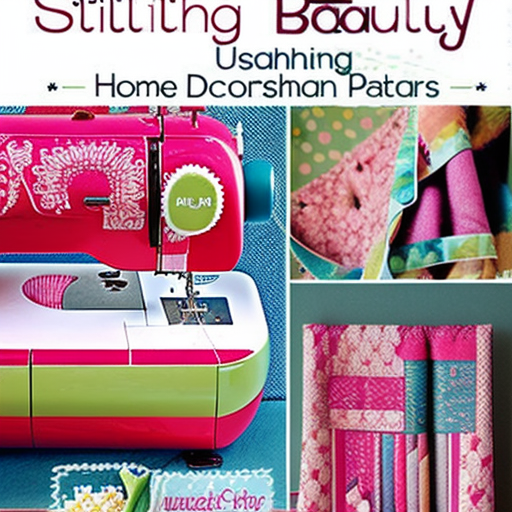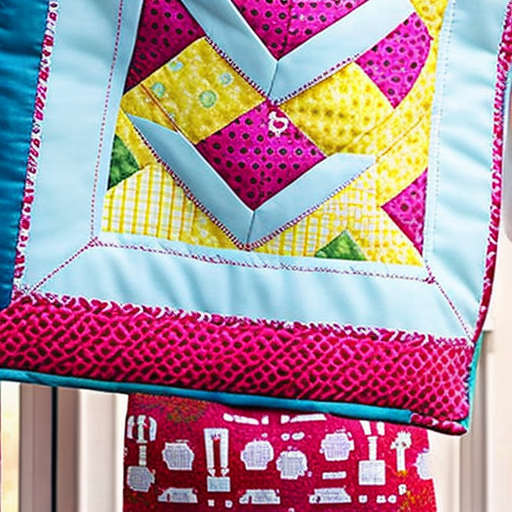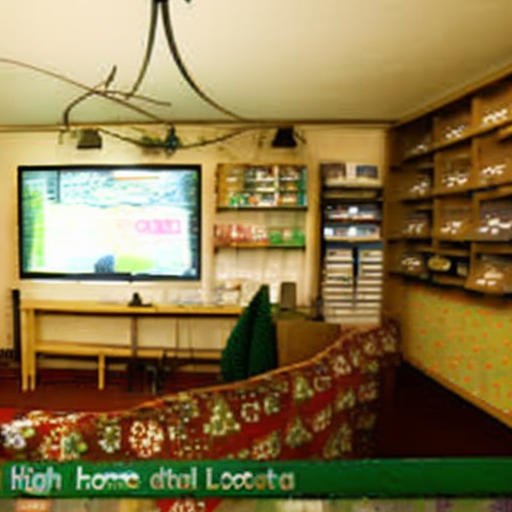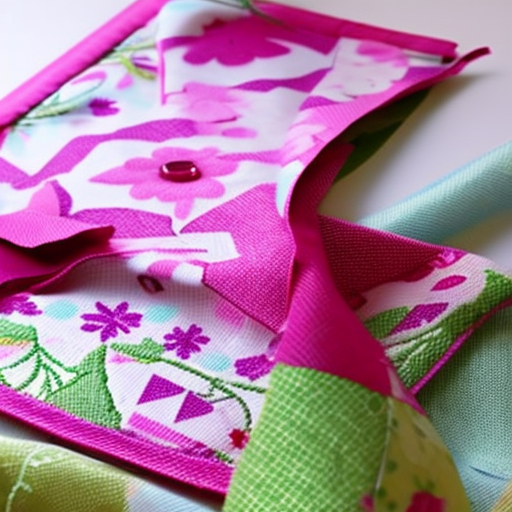
design-pattern.jpg” alt=”Interior Design with Patterns” style=”display: block; margin: 0 auto; width: 80%;”>
Introduction
Pattern plays a crucial role in interior design, adding depth, interest, and personality to any space. It has the power to transform a mundane room into a visually stunning masterpiece. Whether you’re looking to create a vibrant, eclectic atmosphere or a soothing, minimalist oasis, understanding how to use patterns effectively is key. In this article, we will explore various techniques and ideas on how to incorporate patterns into your interior design.
Selecting the Right Patterns
The first step in utilizing patterns is selecting the right ones for your design concept. Here are a few guidelines:
- Consider the overall theme or style of the room. Is it modern, traditional, bohemian, or coastal? Different patterns lend themselves better to specific styles.
- Balance is crucial. Aim for a combination of bold, medium, and subtle patterns to create visual harmony. Mixing scales and densities will prevent overwhelming the space.
- Choose patterns that complement the existing elements in the room, such as furniture, flooring, or artwork.
- Experiment with different textures, colors, and shapes to add dimension and visual interest.
Using Patterns Strategically
Once you’ve chosen the patterns, it’s time to strategically incorporate them into your design:
- Feature Wall: Create a focal point by applying a bold pattern to one wall. This draws attention and adds visual interest without overwhelming the entire room.
- Statement Furniture: Incorporate patterns through furniture upholstery. A patterned sofa or chairs can add personality to any space.
- Window Treatments: Use patterned curtains, blinds, or shades to enhance the overall aesthetic and tie the room together.
- Accessories: Introduce patterns through cushions, rugs, throws, or artwork. These smaller elements are easy to switch out and can be changed according to seasons or trends.
- Pattern Mixing: Don’t be afraid to mix and match patterns. Stripes, florals, geometrics, and abstract designs can work harmoniously when done right.
Color Considerations
Color plays a significant role when using patterns:
- Consider the room’s natural lighting and choose patterns that enhance or balance the light.
- Use colors from the existing color palette to ensure a cohesive and harmonious design.
- Contrast patterns with solid colors or neutrals to create balance and prevent overwhelming the space.
Conclusion
When used effectively, patterns can elevate your interior design, transforming it into a space that reflects your style and personality. The key is understanding how to select the right patterns, strategically incorporate them, and harmonize them with the existing elements. Have fun experimenting with patterns and creating a space that truly feels like home.
Sources: Interior Design Magazine





This is great. I’m excited to give it a try.
Jane Jacobs: Love this idea. Going to use it in my next project!
Fabienne Lawrence: Great article! Pattern can be a great way to make a space feel cozy and inviting.
I’m already inspired by the ideas here, terrific article!
Pattern is such a great way to add subtle texture to a room – super helpful advice!
Good tips here, thanks for sharing your knowledge! Appreciate the step-by-step approach to utilizing pattern in interior design. It makes it so much easier to implement!
Such helpful advice – really appreciate the detailed information. Can’t wait to incorporate these tips into my own designs!
This is an awesome article about applying pattern to interior design! I never even thought about balancing it with the size and shape of the furniture. Thanks for the helpful advice!
Terrific article – pattern is such a great way to bring elements together and create a cohesive look!